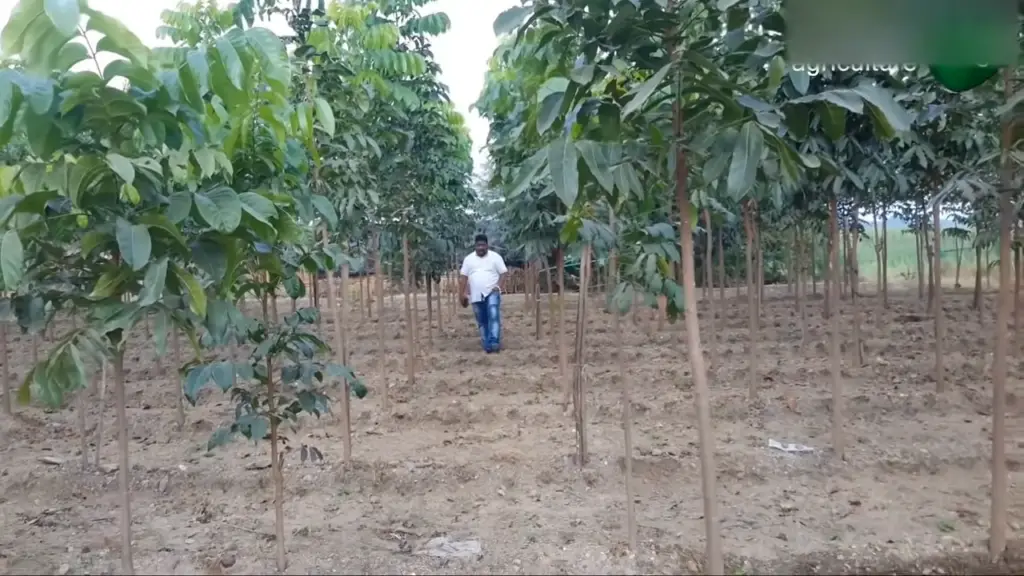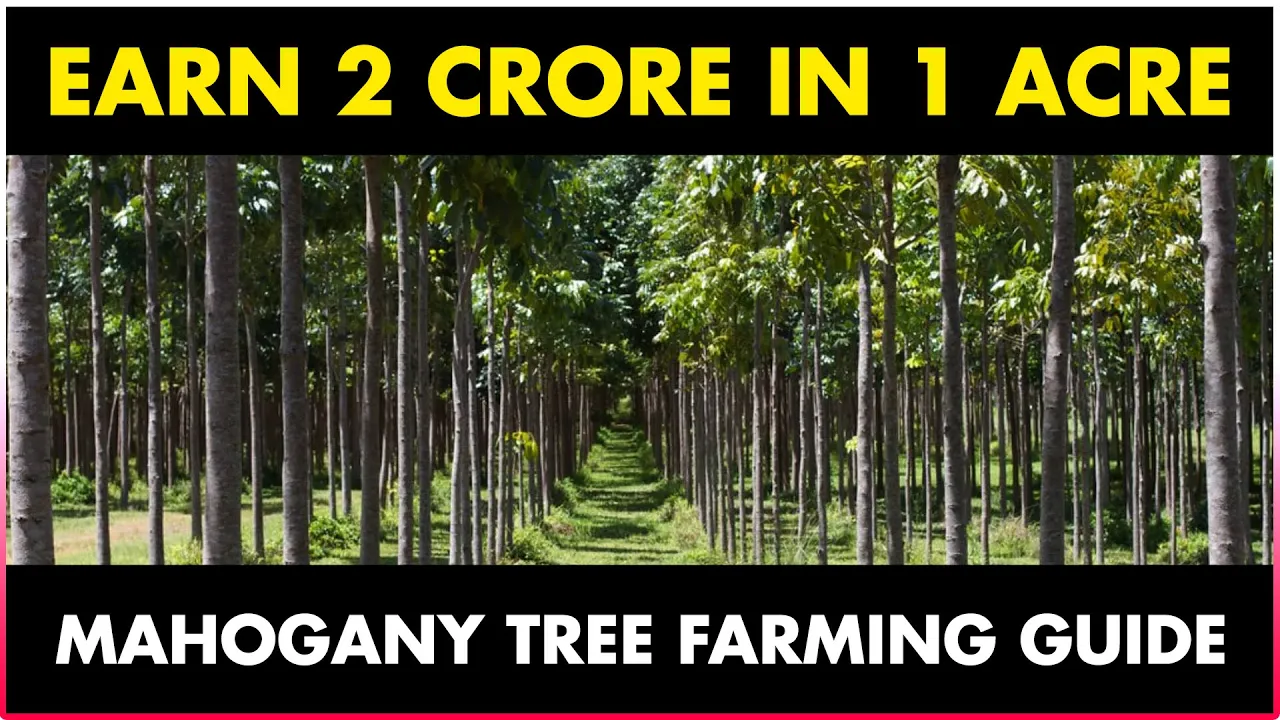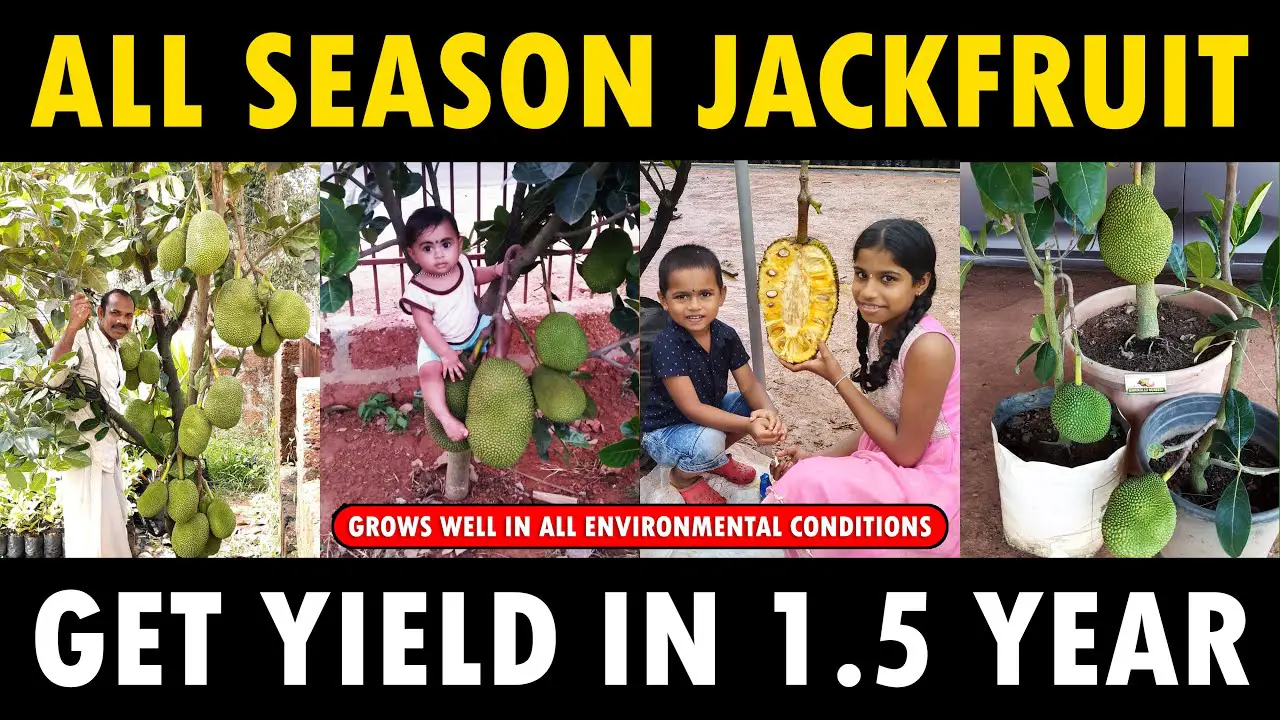A Guide to Mahogany Tree Farming
Mahogany, with its rich, reddish-brown wood and exceptional durability, has been a coveted timber for centuries. But did you know you can cultivate this valuable resource yourself? Mahogany tree farming offers a potentially lucrative long-term investment, while also contributing to environmental sustainability.
Is the Mahogany tree profitable?
How is mahogany tree profitable? let’s note some key points.
- Long-term commitment: Mahogany trees take 15-20 years to mature for harvest. Be prepared for a patient approach.
- Suitable climate: They thrive in tropical and subtropical regions with high rainfall and humidity.
- Land requirements: Allocate dedicated space, as mature trees can reach impressive heights.
- Investment needed: Initial costs include seedlings, land preparation, and ongoing maintenance.
Tips For Growing Mahogany
- Planning: Research your local regulations and obtain necessary permits. Choose a suitable site with well-drained soil and ample sunlight.
- Planting: Purchase high-quality seedlings from reputable nurseries. Prepare the planting site and follow proper planting techniques.
- Maintenance: Regularly irrigate, fertilize, and control weeds and pests. Pruning techniques can promote optimal growth.
- Harvesting: Once mature, harvest responsibly using sustainable practices. Consider selective logging to maintain a healthy ecosystem.

Mahogany Tree Farming Benefits
- Financial gain: Mature mahogany trees can fetch high prices, offering significant long-term returns.
- Environmental contribution: Sustainable farming practices can help conserve forests and combat deforestation.
- Land improvement: Trees enrich soil quality and provide habitat for diverse wildlife.
How profitable is Mahogany Tree Farm?
Mahogany tree farming can be a rewarding and impactful venture. Conduct thorough research, seek expert advice, and prioritize sustainable practices for a successful and responsible journey. Remember, this guide provides a starting point; specific details may vary depending on your location and resources.
Conclusion
- Sustainability: Choose certified mahogany species and prioritize responsible harvesting methods.
- Community involvement: Collaborate with local communities to ensure fair practices and benefit sharing.
- Market research: Stay informed about market fluctuations and potential demand for mahogany wood.
Also View: Organic Coconut Farming | Organic Coconut Cultivation




